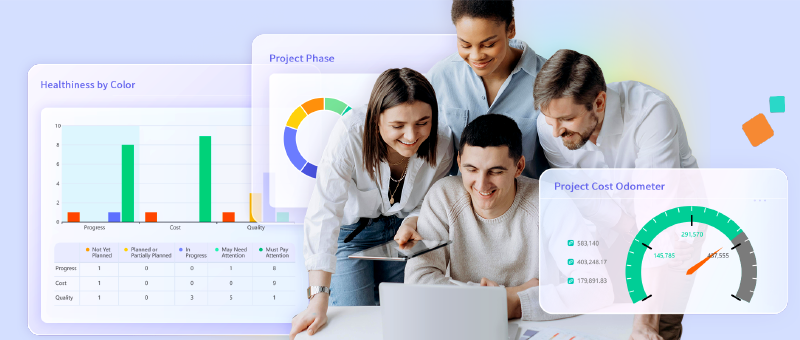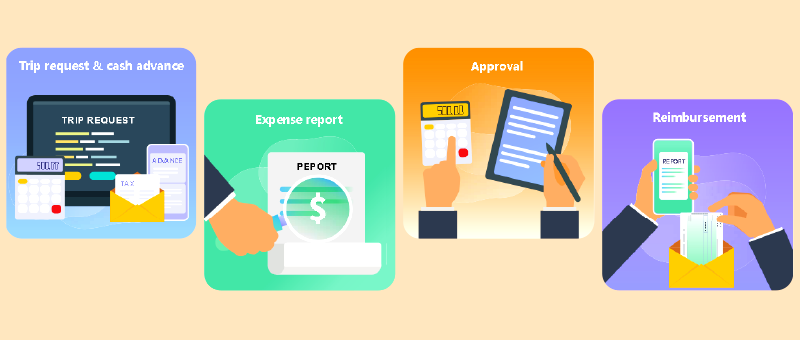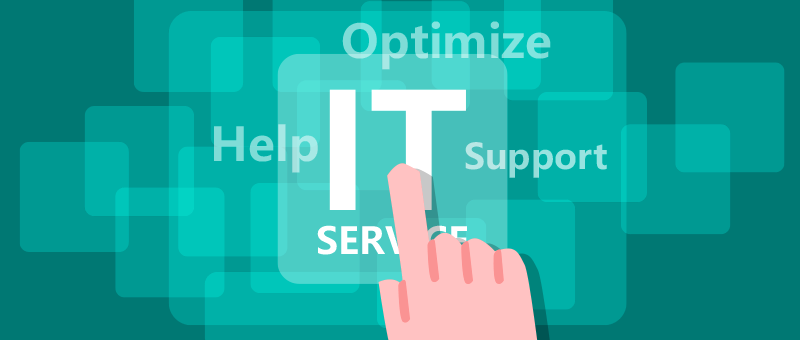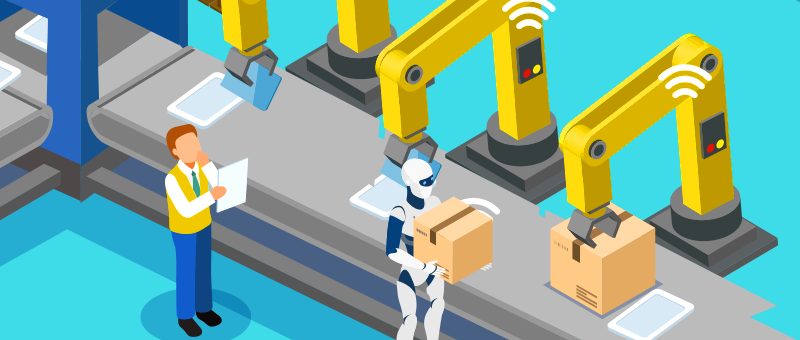Service Delivery Project

In a competitive marketplace, service-based businesses need to seize any opportunity to differentiate themselves from (often very similar) competitors. While implementation, system details, and service management are all important, perhaps the best way to differentiate your business is to build strong customer relationships based on the quality of your service. Below are the most common service delivery challenges and solutions to drive company growth through a renewed commitment to providing quality service:
1. Mistakes made in customer communication
Challenge:
For clients, there is no such thing as over-communication - when clients know what is going on, they feel more comfortable. Having said that, the number of communications is not as important as the timeliness, context of the communication and the ability to clearly identify the added value provided to the customer. In a constantly interconnected world, the ability to weed out a flood of bad information with high-quality and timely answers can go a long way.
Solution:
The service involves different details of different departments on the customer side, so customer communication must reach multiple parties throughout the pre-sales and after-sales. That is, from service requirements to contracts and service level agreements, and then to service deliverables.  PPM uses the latest technology to provide multiple parties with the same factual version throughout the pre-sales and post-sales, allowing users to click on the profiles to track the previous related data. In the case of service delivery, even the most persuasive speakers need tools like
PPM uses the latest technology to provide multiple parties with the same factual version throughout the pre-sales and post-sales, allowing users to click on the profiles to track the previous related data. In the case of service delivery, even the most persuasive speakers need tools like  PPM to enhance their credibility.
PPM to enhance their credibility.
Challenge:
Service definitions are critical to service management. You need to ensure that you and your customer have a consistent understanding and position regarding what is expected (or not expected) of the service offerings. This includes service content, resources, time and cost, etc. This level of definition should not be limited to the customer, your service team also needs to be very clear about the service content and standards for quality and timely delivery.
Solution:
Service delivery involves service content, quality, resources, time, environment, potential limitations, exception handling, acceptance procedures and costs, and many details need to be clearly defined. You can use  PPM to define service requirements and service level agreements, and break down service work content (including the layer-by-layer definition of resources, time, cost, deliverables, acceptance process and key indicators, etc.).
PPM to define service requirements and service level agreements, and break down service work content (including the layer-by-layer definition of resources, time, cost, deliverables, acceptance process and key indicators, etc.).
3. Slow and inefficient manual processes
Challenge:
As IT, resource management and service management and other areas go digital, it is important to leverage your capabilities to automate previously vexing processes. Generally speaking, service delivery automation is characterized by high reward and low risk, and more and more service organizations are looking for ways to reduce costs and provide a simpler customer experience by reducing human involvement.
Solution:
 PPM allows you to fully automate your end-to-end service workflow. Both documents and data in the workflow are digitized and stored in a central database that users can access in real time.
PPM allows you to fully automate your end-to-end service workflow. Both documents and data in the workflow are digitized and stored in a central database that users can access in real time.
4. Not Tracking and Not Knowing Resource/Staff Availability
Challenge:
Like any business, your company has limited resources that you want to use wisely. To understand current resource needs (and predict future resource needs), service organizations should track employee competencies and schedules. With visibility into resource utilization, you can plan based on the current project and sales forecasts and ensure no resources are over or underutilized.
Solution:
 PPM allows you to match available resources with required skills, and allocate and utilize resources. During the matching process,
PPM allows you to match available resources with required skills, and allocate and utilize resources. During the matching process,  PPM can pre-determine skill gaps (if any) and help you handle resource changes and resolve conflicts.
PPM can pre-determine skill gaps (if any) and help you handle resource changes and resolve conflicts.
5. Insufficient service culture
Challenge:
After a workable service concept has been established, no factor affects the success of a service organization more than culture. The lack of service culture can also lead to a poor employee service mentality. When it comes to a specific set of general principles, employees should be aligned—while methodology is critical to service delivery, this is more of a philosophy, understood differently by different people.
Don’t take it for granted that your culture is strictly inward—it is reflected in your service delivery, your approach, and your relationships and interactions with customers. Customers know this, and it is one of the reasons customers ask for an RFP before deciding on a service provider. The more you understand your value proposition and your company’s positioning, the more you can deliver value to your customers. Your customers usually know if you and your employees are on the same page.
Solution:
You can certainly: (i) walk the talk: demonstrate good customer service, (ii) offer service training to your employees and (iii) recognize success in the employee’s customer mindset, but you will be more efficient by using advanced technology. With  PPM, you can automate your customer service-centric workflow, constantly reminding and enhancing employee awareness in this regard, while reducing the training workload each time a new employee arrives.
PPM, you can automate your customer service-centric workflow, constantly reminding and enhancing employee awareness in this regard, while reducing the training workload each time a new employee arrives.
























































































































